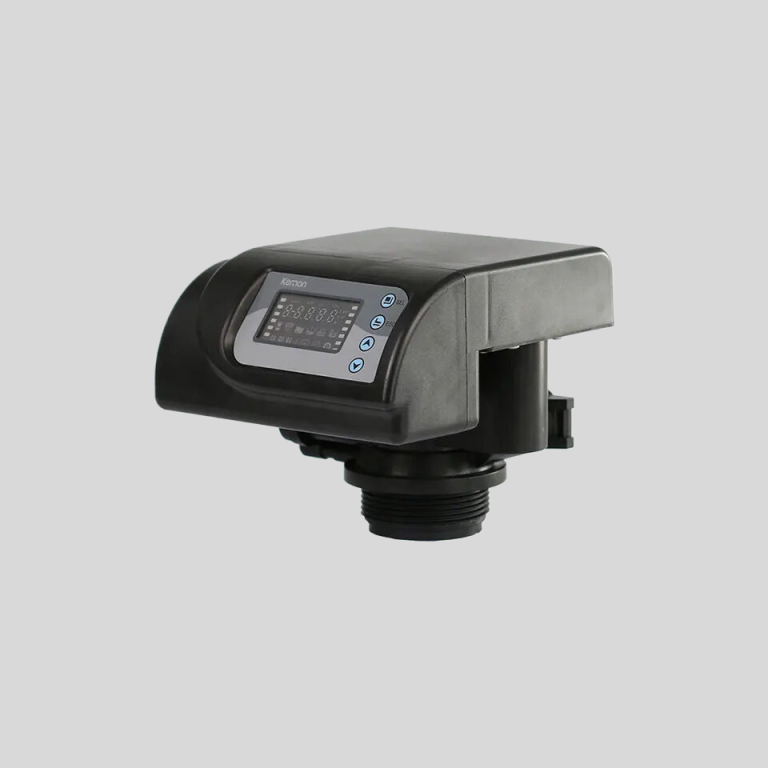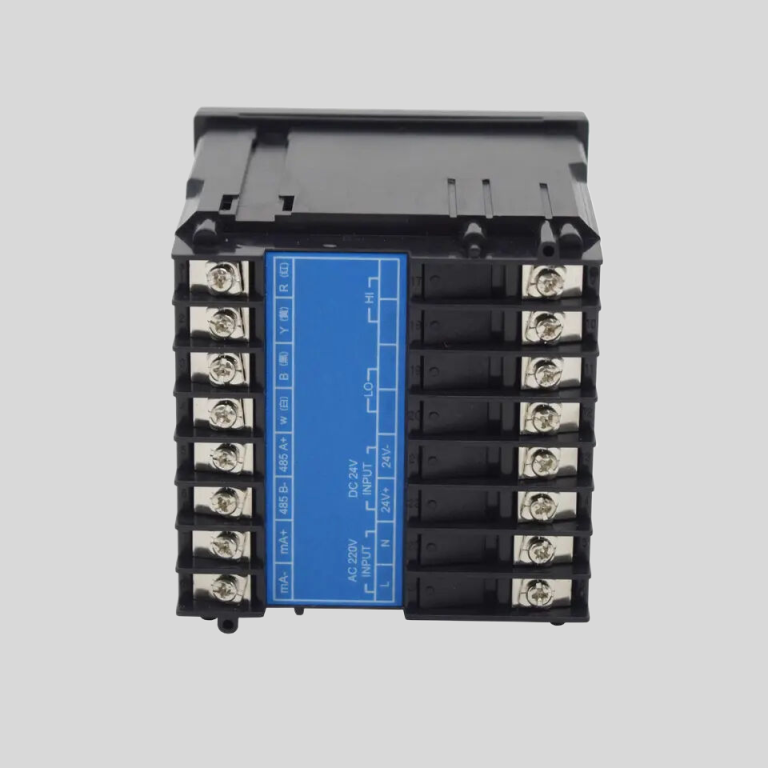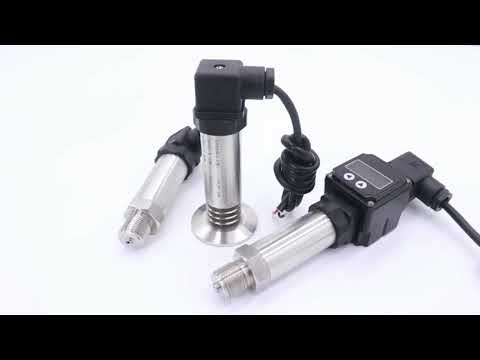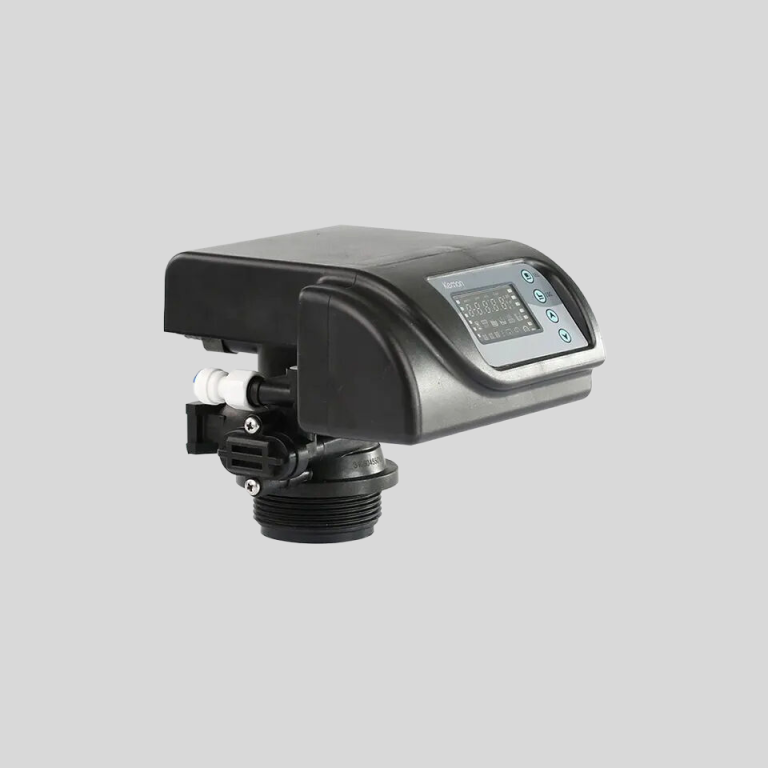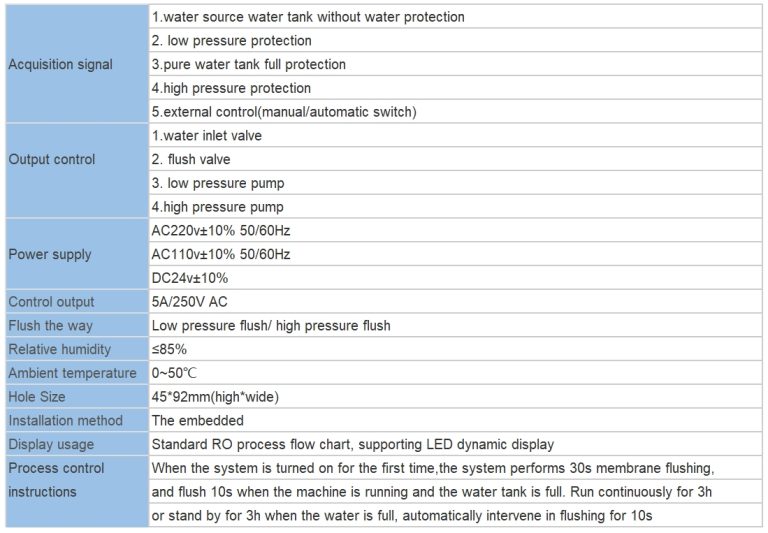Table of Contents
Sources of Contamination in Drinking Water
Water quality is a critical aspect of public health, as contaminated water can lead to a variety of health issues. Monitoring water quality is essential to ensure that drinking water is safe for consumption. One way to assess water quality is by monitoring various sources of contamination.
There are several sources of contamination in drinking water that can affect its quality. One common source of contamination is agricultural runoff, which can introduce pesticides, fertilizers, and other chemicals into water sources. These contaminants can pose a risk to human health if consumed in high concentrations.
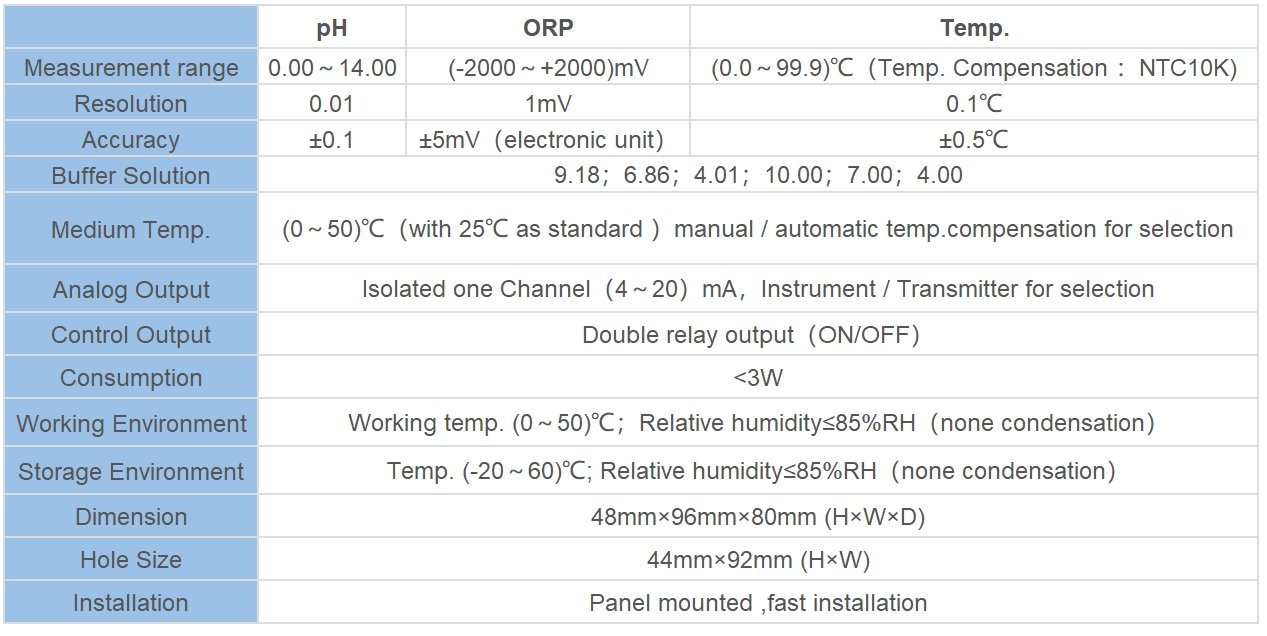
Another source of contamination is industrial discharge, which can introduce heavy metals, chemicals, and other pollutants into water sources. These contaminants can have serious health effects, such as neurological damage, cancer, and reproductive issues.
Human activities, such as improper disposal of waste and sewage, can also contribute to water contamination. Sewage leaks, septic tank failures, and illegal dumping can introduce pathogens, bacteria, and other harmful substances into water sources.
Natural sources of contamination, such as bacteria, viruses, and parasites, can also affect water quality. These contaminants can cause gastrointestinal illnesses, skin infections, and other health issues if consumed in contaminated water.
Monitoring water quality is essential to identify and address sources of contamination. By regularly testing water sources for contaminants, authorities can take appropriate measures to ensure that drinking water meets safety standards.
One method of monitoring water quality is through regular sampling and testing of water sources. Water samples are collected from various points in the distribution system and analyzed for contaminants. This process helps to identify potential sources of contamination and assess the overall quality of the water supply.
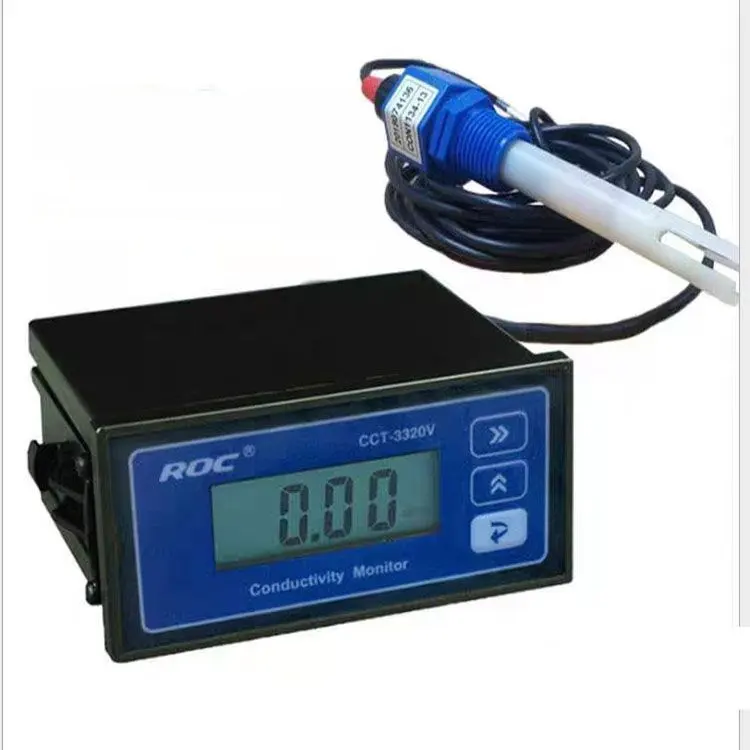
Another method of monitoring water quality is through the use of sensors and monitoring devices. These devices can continuously monitor water quality parameters, such as pH, turbidity, and chlorine levels, in real-time. This allows authorities to quickly detect changes in water quality and take immediate action to address any issues.
| Model | CL-810/9500 Residual Chlorine Controller |
| Range | FAC/HOCL:0-10 mg/L, ATC TEMP:0-50℃ |
| Accuracy | FAC/HOCL:0.1 mg/L, ATC TEMP:0.1℃ |
| Oper. Temp. | 0~50℃ |
| Sensor | Constant Pressure Residual Chlorine Sensor |
| Waterproof Rate | IP65 |
| Communication | Optional RS485 |
| Output | 4-20mA output; High/Low limit double relay control |
| Power | CL-810:AC 220V±10% 50/60Hz or AC 110V±10% 50/60Hz or DC24V/0.5A |
| CL-9500:AC 85V-265V±10% 50/60Hz | |
| Working Environment | Ambient temperature:0~50℃; |
| Relative humidity≤85% | |
| Dimensions | CL-810:96×96×100mm(H×W×L) |
| CL-9500:96×96×132mm(H×W×L) | |
| Hole Size | 92×92mm(H×W) |
| Installation Mode | Embedded |
In addition to monitoring water quality at the source, it is also important to monitor water quality within the distribution system. Water can become contaminated as it travels through pipes and storage tanks, so regular testing of water quality at various points in the distribution system is essential to ensure that water remains safe for consumption.
| Model | EC-510 Intelligent conductivity meter |
| Range | 0-200/2000/4000/10000uS/cm |
| 0-18.25MΩ | |
| Accuracy | 1.5%(FS) |
| Temp. Comp. | Automatic temperature compensation |
| Oper. Temp. | Normal 0~50℃; High temp 0~120℃ |
| Sensor | C=0.01/0.02/0.1/1.0/10.0cm-1 |
| Display | LCD Screen |
| Communication | 4-20mA output/2-10V/1-5V/RS485 |
| Output | High/Low limit dual relay control |
| Power | AC 220V±10% 50/60Hz or AC 110V±10% 50/60Hz or DC24V/0.5A |
| Working Environment | Ambient temperature:0~50℃ |
| Relative humidity≤85% | |
| Dimensions | 48×96×100mm(H×W×L) |
| Hole Size | 45×92mm(H×W) |
| Installation Mode | Embedded |
Overall, monitoring water quality is crucial for ensuring that drinking water is safe for consumption. By identifying and addressing sources of contamination, authorities can protect public health and prevent waterborne illnesses. Regular testing and monitoring of water quality are essential components of a comprehensive water quality management program.
Impact of Industrial Activities on Water Quality
Water quality is a critical aspect of environmental health, as it directly impacts the well-being of both humans and ecosystems. Industrial activities have a significant impact on water quality, as they can introduce various pollutants into water bodies. Monitoring water quality is essential to ensure that these pollutants are detected and managed effectively.
Industrial activities such as manufacturing, mining, and agriculture can release a range of pollutants into water bodies. These pollutants can include heavy metals, chemicals, nutrients, and pathogens, among others. When these pollutants enter water bodies, they can have detrimental effects on aquatic life, human health, and the overall ecosystem.
One of the key ways to assess the impact of industrial activities on water quality is through monitoring. Monitoring involves regularly testing water samples for various parameters, such as pH, dissolved oxygen, turbidity, and the presence of specific pollutants. By monitoring these parameters, scientists and environmental regulators can track changes in water quality over time and identify potential sources of pollution.
Monitoring water quality can help identify trends and patterns in pollution levels, which can inform decision-making and policy development. For example, if monitoring data shows a sudden increase in the concentration of a specific pollutant in a water body, regulators can investigate the source of the pollution and take action to address it. Monitoring can also help assess the effectiveness of pollution control measures and track improvements in water quality over time.
In addition to identifying sources of pollution, monitoring water quality can also help assess the overall health of aquatic ecosystems. By measuring parameters such as dissolved oxygen levels and nutrient concentrations, scientists can determine whether water bodies are able to support healthy populations of fish, plants, and other aquatic organisms. Monitoring can also help detect the presence of harmful algal blooms, which can be toxic to both humans and wildlife.
One of the challenges of monitoring water quality in industrial areas is the complexity of pollution sources. Industrial activities can release a wide range of pollutants into water bodies, making it difficult to pinpoint the exact sources of contamination. In some cases, pollutants may be transported long distances through waterways, complicating efforts to track their origins.
In conclusion, monitoring water quality is a crucial tool for assessing the impact of industrial activities on water bodies. By regularly testing water samples for various parameters, scientists and regulators can track changes in water quality, identify sources of pollution, and protect human health and the environment. Monitoring water quality is essential for ensuring the sustainability of water resources and the health of aquatic ecosystems.

